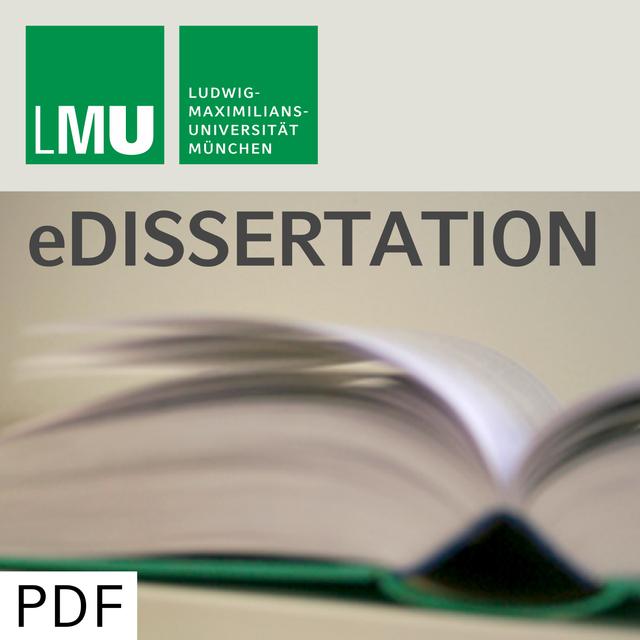
Analysis and characterisation of the mouse Hic2 gene
Feb 13, 20040
Episode description
5.1 Analysis and characterization of the mouse Hic2 gene
Like Hic1 and γFBP (chicken), Hic2 cDNA coded five Krüppel-type C2H2 zinc finger
domain. Through the sequencing and comparation with different protein sequences from the
homolog proteins from different species (HIC1, Hic1, HIC2, γFBP, and Hypothetical protein),
Hic2 protein shares more than 80% homology with HIC1 through the BTB/POZ and zinc
finger domains, and both proteins have identical GLDLSKK/R motifs.
A new part of Hic2 gene coding, exon two, and new exon one deduced full-length Hic2
protein contains 601 amino acids. Hic2 gene has two Exons (240 and 1842 bp), with one
Intron (2182 bp).
The location of the gene is mouse chromosome 16 (B1, UniGene Cluster Mm.103787 Mus
musculus). The human gene HIC2 maps to chromosome 22q11.2, and is a homolog of the
HIC1 candidate tumor suppressor gene located at 17p 13.3. (Deltour et al. 2001).
Upstream from the TATA box MatInspector predicted different transcription binding sites.
Between them Wilms Tumor Suppressor and p53 are most interesting transcription sites for
the Hic2 gene. That’s why the Hic2 promoter activity was checked.
A 1.2 kb promoter fragment of Hic2 has been characterized in a gene reporter assay system.
The peak activity of the Hic2 promoter is associated with the total fragment, the next higher
activity is in the fragment which included Wilms Tumor Suppressor and p53 transcription
sites.
The expression of the mouse Hic2 was investigated by in situ hybridisations (ISHs) of whole
mount embryos and paraffin sections. Hic2 expression was detected in restricted territories of
the brain, sinus centralis, olfactory bulb, canallis centralis medullae spinalis, embryonic
ectoderm (neuroepithelium of neural tube), and small intestine.
Because of its expression in the central nervous system, and mapping position of its human
homolog HIC2, Hic2 could be involved in some syndromes. Patients with a 22q11 deletion
have disrupted brain development which may involve abnormal neural crest cell migration,
(Van Amelsvoort et al., 2001). It is now recognized that the 22q11.2 deletion syndrome
encompasses the phenotypes previously described as DiGeorge syndrome (DGS) and
velocardiofacial syndrome (Shprintzen syndrome),(Thomas and Graham 1997).
For the best experience, listen in Metacast app for iOS or Android
Open in Metacast